What is Koroyd?
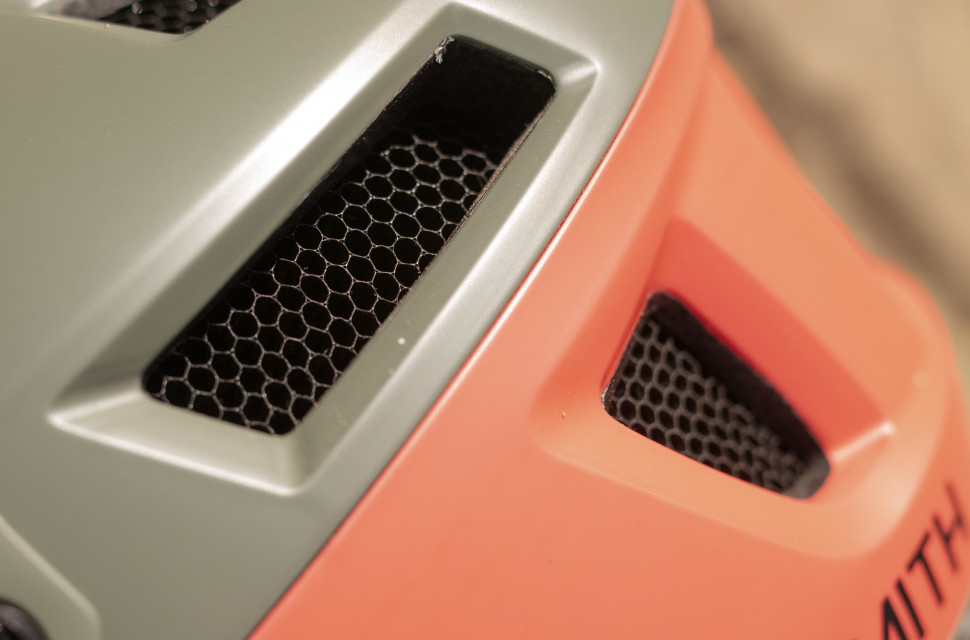
When it comes to specific off-road riding components, some materials have near-universal dominance and in the realm of helmets, that would be extruded polystyrene foam, or EPS as its acronym is known.
- Best mountain bike helmets 2023 - top-rated head protection for the trail
- Can you use a road bike helmet for mountain bike and gravel riding?
- When should you replace your bicycle helmet?
Peruse an assortment of gravel or mountain biking helmets and nearly all are made from EPS foam. It’s not a modern material, though. EPS has been an industrial design material for over a century. Its most prevalent use is not for helmet safety but as a packaging material for the food industry.
So how did EPS become so widely adopted for cycling helmets? Its use for mountain bike helmets is due to a combination of factors.
Light, affordable and shapeable
The ideal helmet structure must absorb crash impact energy, be lightweight and easy to shape during manufacturing. And EPS does most of those rather well. It can be formed into the radius shapes required for an aerodynamic helmet, and it's very light.
But some designers and engineers wonder if EPS is the best total structure for gravel or mountain bike helmets. Perhaps helmet design could be even better by adding advanced materials which complement EPS? One of the most convincing alternatives is Koroyd.
Many cycling frame brands reference ‘aviation grade’ titanium or carbon in their marketing. But in the context of Koroyd, the aviation technology connotation is authentic.
Peter Sajic is the inventor of Koroyd. An aerospace engineer by trade, Sajic spent a foundational phase of his career trying to improve aviation cabin safety. It's a tragic legacy that decades ago, some aviation fatalities were not due to the initial impact forces of a plane crashing into terrain. But rather due to seat fixtures shearing, which flung passengers about the cabin, causing fatal injuries.
Sajic’s approach to improving aviation cabin crash safety was to ensure that seats remained fixed instead of shearing loose. One of his research conclusions was that sacrificial energy-absorbing materials could help prevent seat fixtures from shearing. And that’s the theory that has evolved into Koroyd and its application to gravel and mountain biking helmets.
Koroyd is ‘newer’ but is it better?
Why does having a Koroyd inner layer offer more safety over helmets that only feature EPS foam? The foundational reason is design targeting.
As we’ve mentioned earlier, EPS foam has broad applications, mostly as a food packaging material. It is not designed as a dedicated safety and crash energy dissipation material to protect human physiology.
Crash energy dissipation is what your helmet is designed to do. Medical researchers have tabled strong evidence that some of mountain biking’s most severe long-term brain injuries aren’t accompanied by external bleeding and bruising at the point of impact. Excess impact energy from a crash, transferred to the brain, influences these soft tissue internal head injuries.
Helmets with more sophisticated crash structures promise better impact energy absorption and dissipation, reducing the risk of brain injury. This is where EPS foam might be considered an unsophisticated legacy material by the inventors behind Koroyd.
Although you can ding EPS helmet foam with your finger, it’s not a particularly dynamic structure under load. During a crash, EPS foam compresses, taking up that material margin created when it is made, by an expansion process – hence the name: extruded polystyrene.
In helmet crash safety, it’s all about the margins of deformation. Engineers seek materials and structures which are sufficiently aesthetic to please industrial designers, formable enough to please production engineers, and adept at dissipating energy during a crash. Koroyd promises to be all three.
Honeycomb or tubes?
What makes Koroyd so different from EPS? And why is a Koroyd inner helmet layer considered so beneficial? The Koroyd material is a network of welded co-polymer tubes.
Upon first inspection, if you glance at it, it looks like a structure of trimmed drinking straws that resembles a honeycomb.
A honeycomb is one of nature’s most impressive structures, and engineers know that natural designs are proven. But Koroyd’s design isn’t honeycomb. It is something more familiar to traditionalists frame engineering fans: tubular. That hardcore steel hardtail frame you see being ridden with such skill on your local trail proves the validity of round tubes as a strength design in mountain biking. That lateral logic also applies to the Koroyd structure, combining a vast collection of tiny welded tubes, forming a structure with great strength and dynamic energy dissipation properties.
Koroyd’s structure allows for excellent ventilation and better deformation during a crash. Simply put, a Koroyd inner layer doesn’t adversely influence airflow when riding along, and the structure is engineered to deform more during a crash than legacy EPS.
When combining a Koroyd inner layer and conventional EPS structure, helmet safety is enhanced without stifling ventilation.
Why aren’t there more Koroyd inner-layer helmets?
If Koroyd is an advanced material developed for aerospace, why isn’t it more broadly used in gravel and off-road cycling helmets? With cycling apparel, scale is everything. EPS is the dominant helmet structure material, and there is an established supplier hierarchy in cycling helmet sourcing and design.
EPS works. Its associated production and cost efficiencies are considerable because cycling helmets have been made with EPS as the dominant source material for many decades. Pivoting to new materials requires helmet redesigns and tooling changes. But Koroyd is a layered insert, not a comprehensive structural redesign.
The helmet brands which have embraced Koroyd - Smith and Endura - haven’t been required to make radical changes to their products. Their Koroyd integration is simply an additional layer to the helmet’s inner structure.
Smith and Endura’s helmets with Koroyd inserts look no different. They have the same silhouette, shape, and ergonomics as all comparable helmets within the Smith and Endura portfolio, but for the green Koroyd structures, visible through the vent ports.
Koroyd is an additional inner layer to the helmet’s structure. Not a replacement for the EPS shell. And that means industrial designers can integrate Koroyd without extensively modifying existing helmet designs. It’s simply one additional step in the assembly process.


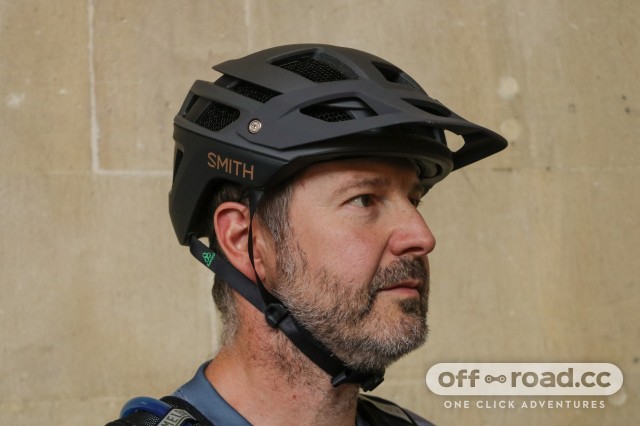



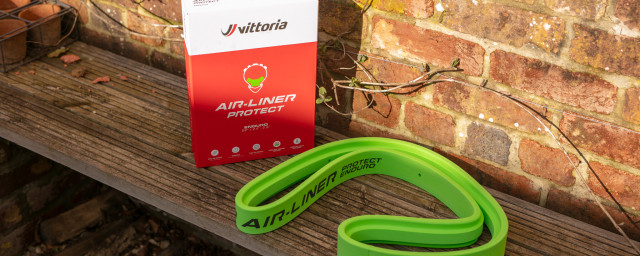
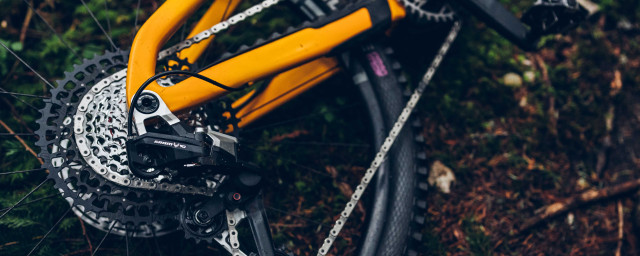

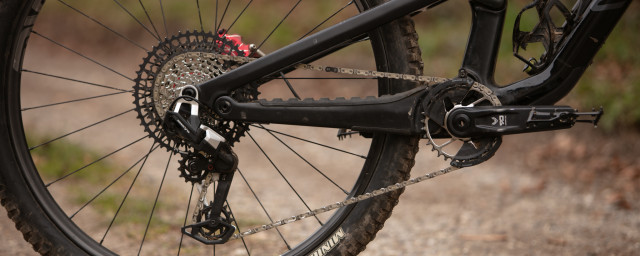
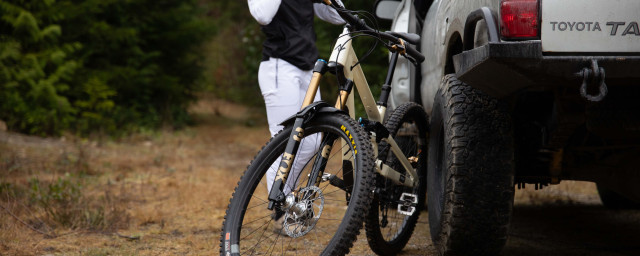
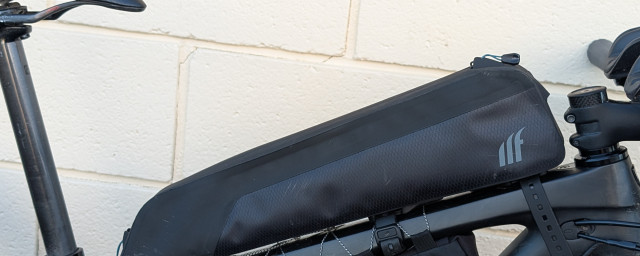
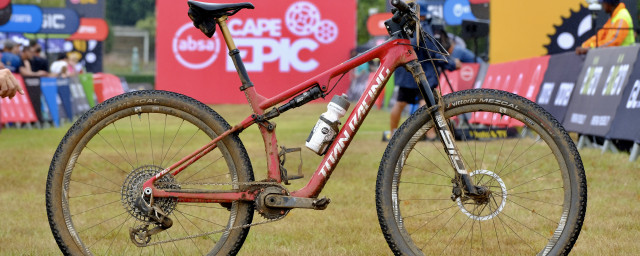

1 comments
The ideal helmet structure must absorb crash impact energy,...
What energy? Why? The helmet's job is to reduce the acceleration - linear and rotational - of the brain.